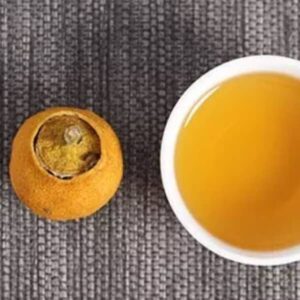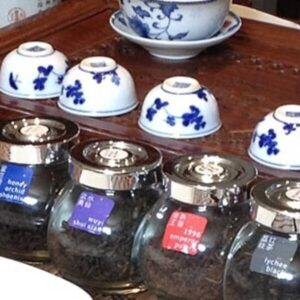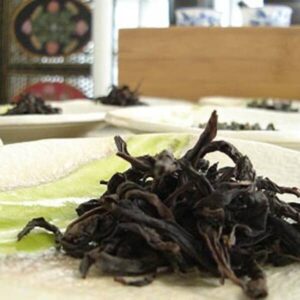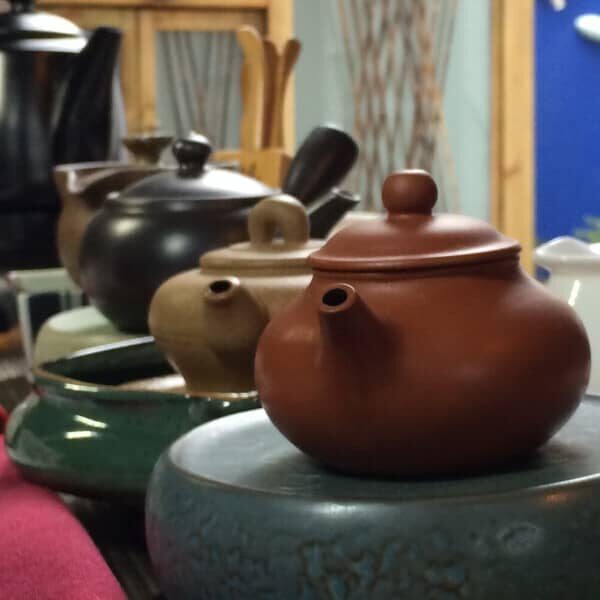Refreshing Brews Come To Those Who Wait
Cold Infusions
Who says a perfect cuppa has to be pipping hot? Like cold brewed coffee, you can also infuse tea leaves in cold or room temperature water for a longer period of time. Teas infused this way are gentler in taste but perfectly refreshing on a hot summer’s day.
At lower temperature, the tannins in the tea are slower to release making the cold infused teas to be smoother and less astringent. The flavour molecules of tea that are released when brewed with higher temperature water now gets to perfumed our palate as we drink the cold brew tea.
If you have more time on a stifling hot summer afternoon, try infusing these teas with lots of ice or simply pop them in a jug of water in the fridge overnight.
OUR COLD BREW TEAS
Take part in the beautiful Chinese ‘gongfu cha’ tea ceremony while we shares with you our love of tea. You’ll discover how to appreciate the finer nuances of tea like a true connoisseur, yet in a light and relaxed setting.
You’ll be introduced to gorgeous teas with fascinating, evocative names like ‘snow buds’, ‘honey orchid phoenix’ and ‘dragon well’. The incredible range of flavours and aromas will amaze you.
~~ Whilst we patiently wait for the effective control of COVID-19 pandemic, our popular tea masterclasses are held online via our “Teas in the Clouds - Brew-along Masterclass”. ~~
OUR TEA MASTERCLASSES
Oxygen. Wonderful stuff.
But it also oxidises things: think iron rusting or copper coins going that weird green colour and the cut side of apple turning brown. Fresh tea leaves, like apples and other plants, have an enzyme called polyphenol oxidase. It is capable of oxidizing polyphenols which are very important molecules for protection against infections to giving them their pigments.
Polyphenol oxydase and the polyphenols themselves are stored in the plant’s cells, but when the cells are damaged, say by slicing an apple or dropping and bruising it, the cells are ruptured and the enzyme comes into contact with air. With the help of oxygen in the air, the polyphenol oxidase initiates a series of chemical reactions, transforming the polyphenols and eventually producing melanins (brown pigments).
The general name for this process is “enzymatic browning,” and the fabulous thing (for tea at least) is that it doesn’t just change the appearance of produce: it also alters flavour, scent, and nutritional value.
LET’S GO PICK SOME TEAS





















